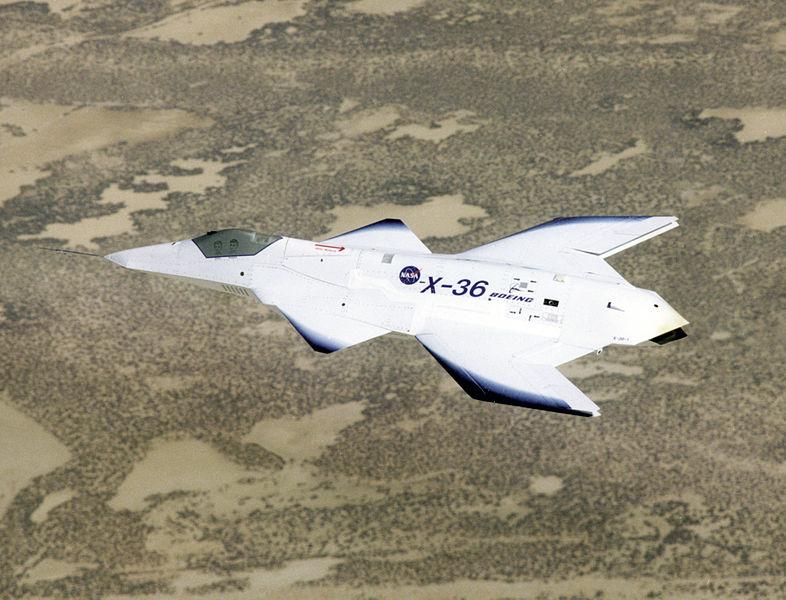
In the high-stakes world of aerial combat, where supremacy in the skies can determine the outcome of conflicts, innovation is not just welcome—it’s essential.

The U.S. Air Force’s vision for such innovation was encapsulated in the form of the X-44 Manta.

An ambitious project by Lockheed Martin that promised to redefine the boundaries of stealth and maneuverability.

The X-44 Manta, a concept that emerged from the collaboration between Lockheed Martin and NASA, boasted a radical design that did away with conventional tail surfaces altogether.

Its “stretched delta-wing mainplane” silhouette aimed to create the ultimate low-visibility fighter, potentially outclassing even the F-22A Raptor.

This tailless delta-wing aircraft was designed to be a powerhouse in the sky, equipped with thrust-vector control for exceptional agility.

Powered by Pratt & Whitney’s turbofan engines, the X-44 aimed to thrust forward with an impressive 35,000 pounds of power, reaching speeds of about 1,500 miles per hour.

The X-44 Manta was not just about stealth.

It was designed to carry a formidable array of weapons, including an internal cannon, AIM-9 Sidewinder missiles, AIM-120 AMRAAM missiles, and GBU-32 JDAMs.

This arsenal would have provided the X-44 with both air-to-air and ground attack capabilities, potentially making it an unmatched combatant in the skies.

Despite its groundbreaking design, the X-44 program was canceled in 2000 before a prototype saw the light of day, This was partly due to the substantial costs and maintenance it would have required, as well as a shift in focus towards other programs, such as the F-22 and F-35.

The Air Force has, at various points, looked to retire or replace its existing fighters, even as they continue to represent the pinnacle of current technology.

Yet, the legacy of the Manta lives on, as it’s believed that the lessons learned and the concepts developed have found their way into the next generation of aerial fighters.

As the United States Air Force develops its Next Generation Air Dominance (NGAD) fighter program, echoes of the X-44 Manta’s design philosophy can be seen.

The NGAD, like the X-44, is envisioned to feature a tailless design and embodies a collection of advanced technologies.

